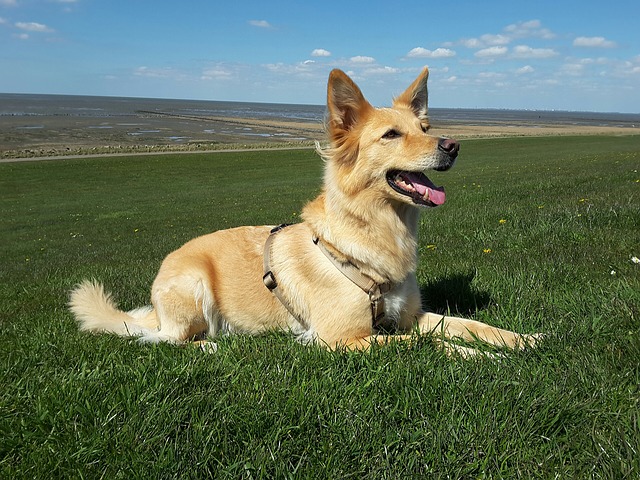Puppy training is an essential step in ensuring that your new furry friend becomes a well-behaved and cherished member of your family. It not only helps in preventing behavior problems but also strengthens the bond between you and your pup. In this comprehensive guide, we will take you through the basics of puppy training, providing you with a step-by-step plan to raise a happy and obedient canine companion.
Why is Puppy Training Important?
Before delving into the nitty-gritty of puppy training, it’s crucial to understand why it’s so important. Training your puppy offers numerous benefits, including:
1. Establishing Good Behavior
Puppies are like blank slates; they’re eager to learn and adapt to their surroundings. Training provides them with the structure and guidance they need to develop good behavior and manners.
2. Strengthening the Bond
Training sessions are not just about teaching commands; they’re also a chance to bond with your puppy. Spending quality time together builds trust and a strong emotional connection.
3. Ensuring Safety
Basic commands like “sit,” “stay,” and “come” can be life-saving in various situations. Training your puppy ensures they can respond appropriately, keeping them out of harm’s way.
4. Enhancing Socialization
Proper training exposes your puppy to different people, animals, and environments, helping them become well-adjusted and less fearful.
Step 1: Start Early
The earlier you begin training your puppy, the better. Puppies are most receptive to learning between 8 and 16 weeks of age. However, older dogs can still learn new tricks; it may just take a bit more patience.
Step 2: Positive Reinforcement
Positive reinforcement is the foundation of effective puppy training. Reward good behavior with treats, praise, and affection. This encourages your pup to repeat those behaviors.
Step 3: Basic Commands
Start with basic commands like “sit,” “stay,” and “come.” These commands are the building blocks of obedience and safety.
– Teaching “Sit”
- Hold a treat close to your puppy’s nose.
- Raise the treat upward, causing your pup’s head to follow.
- As they lift their head, their rear end should naturally lower. When this happens, say “sit” and give them the treat.
– Teaching “Stay”
- Ask your puppy to sit.
- Hold your hand, palm out, in front of your face.
- Say “stay” and take a step backward.
- If they remain seated, reward them. If not, return and try again.
– Teaching “Come”
- Get down to your puppy’s level.
- Say “come” in an inviting tone and encourage them to approach you.
- Reward them with praise and treats when they come to you.

Step 4: Consistency is Key
Consistency is vital in puppy training. Use the same commands and rewards each time, and ensure that everyone in your household follows the same rules. This prevents confusion for your puppy.
Step 5: Socialization
Expose your puppy to different people, animals, and environments. This helps prevent fear and aggression issues in the future. Gradually increase the level of challenge as your puppy becomes more comfortable.
Step 6: Crate Training
Crate training is an effective way to housetrain your puppy and keep them safe when you can’t supervise them. Make the crate a positive place with treats and toys.
Step 7: Be Patient
Remember, puppies are like toddlers. They will make mistakes and have accidents. Stay patient and never resort to punishment-based training methods, as these can harm your pup’s trust and well-being.
Step 8: Seek Professional Help if Needed
If you encounter difficulties or have specific training goals, consider seeking help from a professional dog trainer. They can provide expert guidance tailored to your puppy’s needs.
Conclusion
Puppy training is a rewarding journey that strengthens the bond between you and your furry companion while ensuring their safety and good behavior. By starting early, using positive reinforcement, and being patient and consistent, you can raise a well-behaved and happy pup. Remember that training is an ongoing process, and the effort you invest will result in a loving and obedient lifelong companion. If you found this article interesting about dog training, it is very likely you will enjoy further reading at Stephi LaReine.

